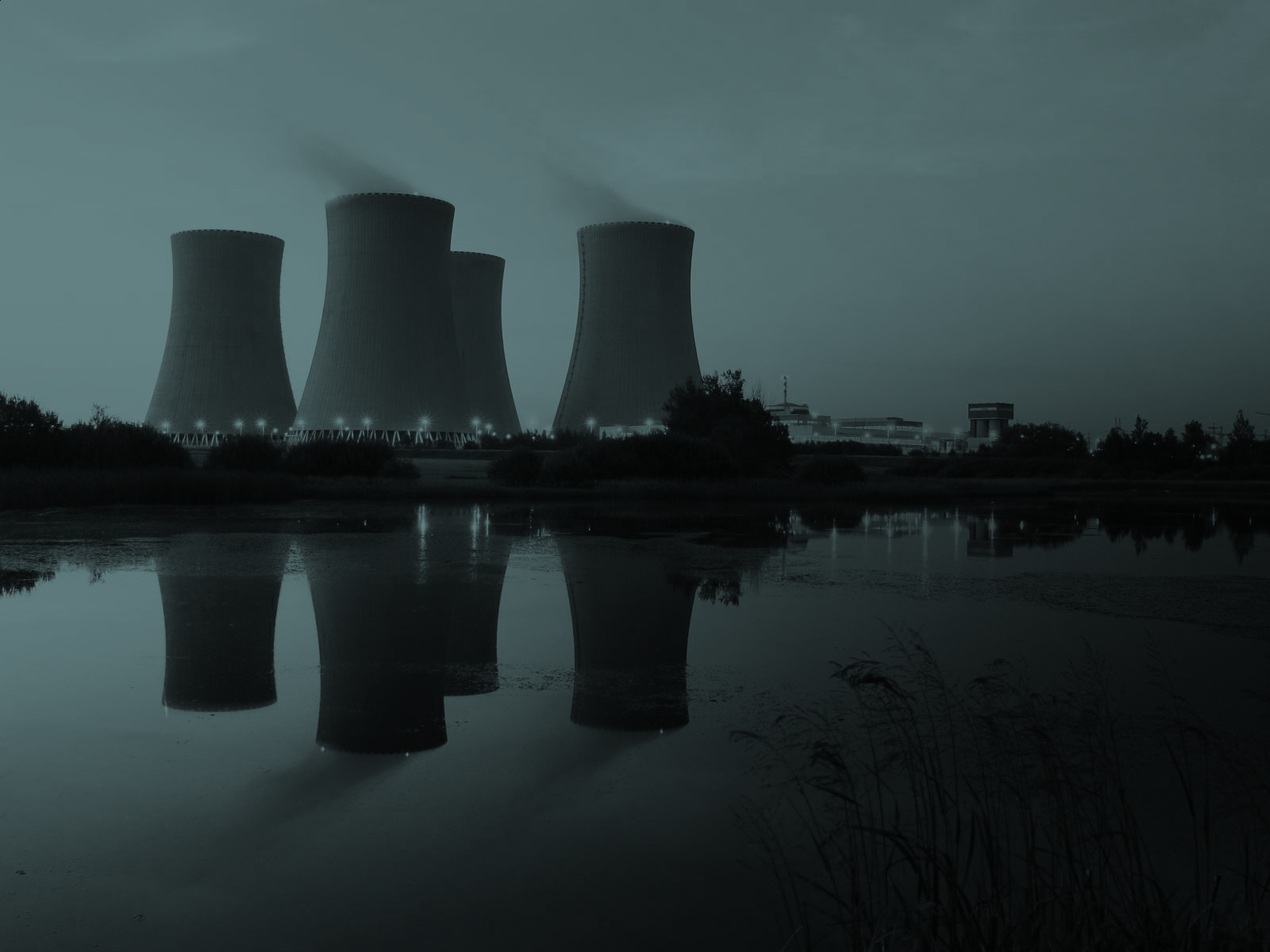Taking stock after the recent Economist Sustainability Summit, and based on current trends in global emissions, we conclude that the average global temperature will increase by 3 degrees or more, unless certain measures are taken.
These include:
- Regulators and governments fixing the two most important market failures linked to climate change: carbon and water pricing;
- Investors/providers of financial capital:
- Systematically using environmental, social and governance (ESG) factors in their investment decisions;
- Investment in the resource revolution opportunity;
- Engagement with the private sector on carbon-emissions reductions;
- Businesses and innovators:
- Delivering on decarbonisation plans;
- Providing new business models and technologies reflective of the resource revolution and the new climate economy.
The target for carbon emissions is clear and is based on a classical "area under the curve" problem: in order to stay within the remaining carbon dioxide equivalent (CO2e) budget of 1,000bn tons from 2010 onwards, the world needed to start reducing its absolute emissions by 1.4%/year that year. This has not occurred; January and February in 2016 proved the hottest months on record… Investors, regulators, governments, managers, NGOs, consumers and citizens need to ask how a reduction in emissions will be achieved. The bar has increased from 1.4%/year, to now approaching 2%. Absolute reduction in greenhouse-gas emissions is a must for future generations.
Governments and regulators
Currently, about 12% of global greenhouse-gas emissions are covered by some form of imposed carbon pricing, usually on the low side of the actual cost of carbon on the world. In other words, current pricing accounts for a fraction of the impact or externality that a ton of CO2e actually causes. This will have to change very rapidly, especially if countries are to improve their pledges agreed upon in Paris, which if fully implemented, will result in an increase of 3 degrees.
On the resource side, the pricing of water requires urgent attention. Water is deeply linked to climate change through the hydrologic cycle. With warmer temperatures come more evaporation and more extreme weather such as droughts and floods. Water, particularly for agricultural use, is often too cheap because of subsidies in some water-stressed parts of the world, and this will only worsen with climate change.
So how would correctly priced water and carbon reduce greenhouse gases? One example could be a focus on the production of beef and its current retail price. New prices could reflect the cost of beef production—beef production uses several times more water than other forms of meat production—and its impact on the environment instead of the artificially low prices that exist today.
Financial capital providers
Evidence is mounting that companies with better ESG performance also have a stronger financial performance, giving incentive to investors to finance such businesses. To stay within 2 degrees of warming, investors will also need to invest trillions of US dollars in the opportunities that exist with the fourth industrial revolution: the resource revolution, sharing and circular economies. More immediately, financial-capital providers could accelerate their engagement with corporations on their decarbonisation plans for the carbon they produce directly and indirectly through their value chains. Questions such as when their absolute emissions will start to decrease, and at what rate, are most relevant.
Business and entrepreneurs
Businesses and stakeholders throughout the energy sector must seize the opportunity to radically transform and anticipate a world with a high carbon price, or risk being at the wrong end of stranded assets that correspond to two-thirds of existing fossil-fuel reserves. Carbon-intensive industries in particular, such as steel, cement, utilities and transportation, need to decarbonise at an increasingly high rate the longer they wait. Entrepreneurs and innovators of the new climate economy and the resource revolution will need to provide the technologies and new business models of the circular and sharing economies to achieve a low-carbon economy.
If all of the above were to happen, we can still aspire to a 2 degree world and if by 2020 we are accelerating further, then why not 1.5 degrees? If not, a 3 degree or warmer world will be our legacy for our children and grandchildren.
The views and opinions expressed in this article are those of the authors and do not necessarily reflect the views of The Economist Intelligence Unit Limited (EIU) or any other member of The Economist Group. The Economist Group (including the EIU) cannot accept any responsibility or liability for reliance by any person on this article or any of the information, opinions or conclusions set out in the article.




